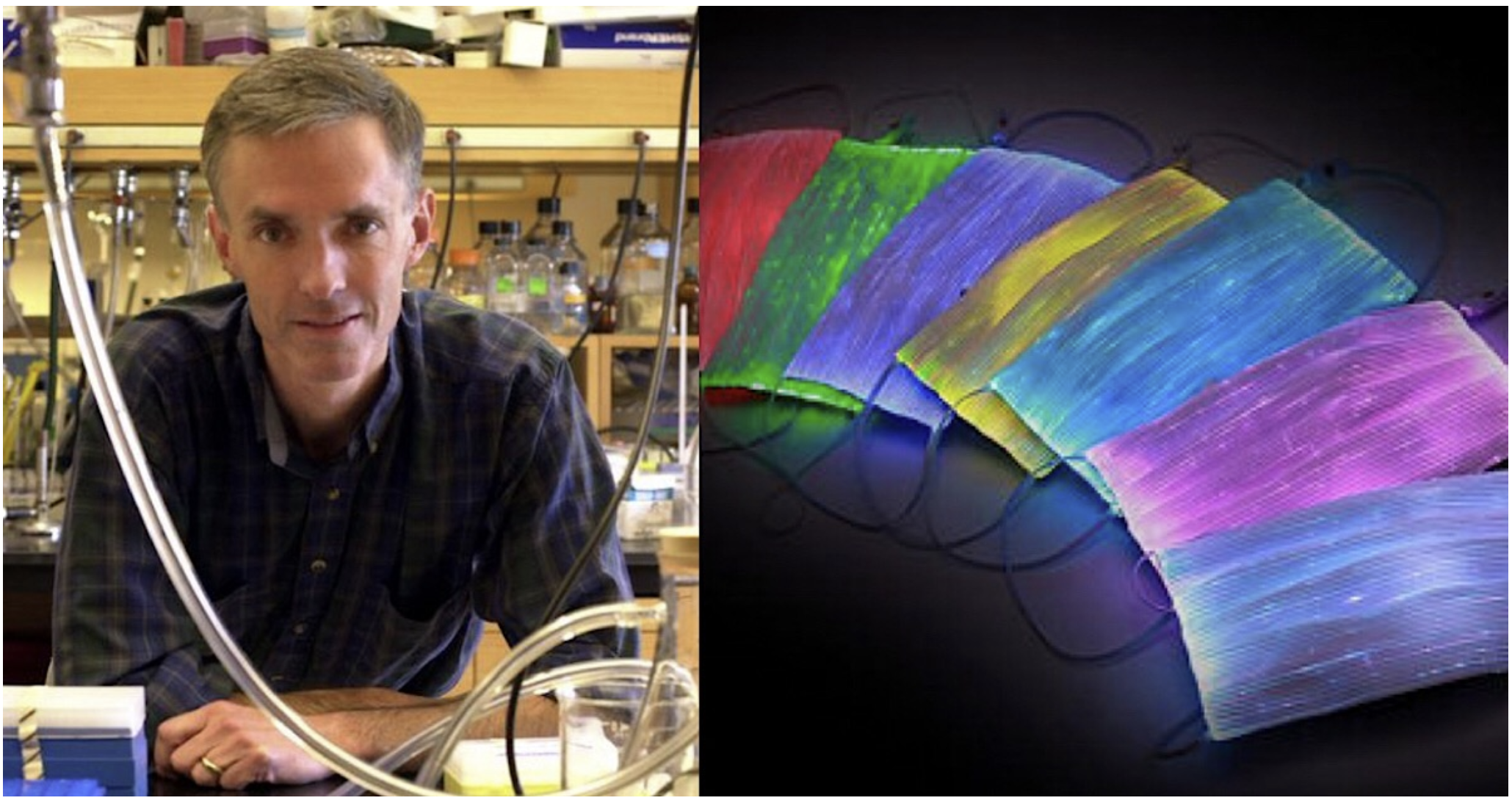Smart Face Mask That Lights Up When It Detects Coronavirus Now In Development
A group of scientists at MIT and Harvard are adapting a face mask coronavirus detection tool previously used for Zika and Ebola, with testing going forward in the coming weeks.
A team of scientists at Harvard and MIT is adapting an Ebola- and Zika-detecting face mask tool to identify coronavirus cases, according to a post on Harvard University’s Wyss Institute.
Coronavirus detection via face mask tool
The small team’s initial study reported the Ebola- and Zika-detecting face mask tool in 2016 — published in the journal Cell. Now the team is adapting the tool to emit a fluorescent signal when a person with coronavirus breathes, sneezes, or coughs. If proven successful, it might close the gap of effectivity associated with other screening methods, including temperature checks.

“As we open up our transit system, you could envision it being used in airports as we go through security, as we wait to get on a plane,” said researcher Jim Collins to Business Insider. “You or I could use it on the way to and from work. Hospitals could use it for patients as they come in or wait in the waiting room as a pre-screen of who’s infected.”
Doctors might even use them to do in-situ diagnoses of patients — without the wait associated with sending samples to a laboratory. Since testing errors and delays have slowed many countries’ attempts to control local outbreaks, tools that can quickly diagnose infected patients are crucial.
Saliva with COVID-19 could set off fluorescent signal
Collins added that his lab’s current work developing the coronavirus detecting mask is still in the “very early stages,” but the results so far are promising, according to Business Insider. In the last several weeks, his team tested the sensors’ detection ability on coronavirus samples contained in a small saliva sample.
The team is also experimenting with design — at the moment, the lab is discussing whether it will embed sensors inside masks or develop a new module that might be attached to any conventional mask.
The team aims to demonstrate its new concept within a few weeks.
“Once we’re in that stage, then it would be a matter [of] setting up trials with individuals expected to be infected to see if it would work in a real-world setting,” said Collins.
However, it’s important to note that COVID-19 detecting technology isn’t new. In 2018, the lab’s sensors could already detect SARS, measles, hepatitis C, influenza, West Nile, and also other viruses.
“We initially did this on paper to create inexpensive paper-based diagnostics,” said Collins. “We’ve shown it can work on plastic, quartz, as well as cloth.”
The virus-identifying sensors
The sensors themselves are made of genetic material — RNA and DNA — which binds to viruses. The genetic material is freeze-dried onto the fabric with help from a machine called lyophilizer, which removes moisture from genetic material without causing it do die. The material can remain stable at room temperature for months, producing mask detectors with a fairly long shelf life.
To activate, the sensors need moisture supplied by our bodies when we breathe out respiratory particles like saliva or mucus, and the detection of the genetic sequence of a virus.
However, the detection signal isn’t visible to the naked eye, which is why Collins’ lab makes use of a device called a fluorimeter to quantify the presence of fluorescent light. He added that outside of a lab environment, public officials might use handheld versions of these tools — which “cost about a dollar,” according to Collins — to scan the masks of people who might have the virus.
Source: interestingengineering
![]()


